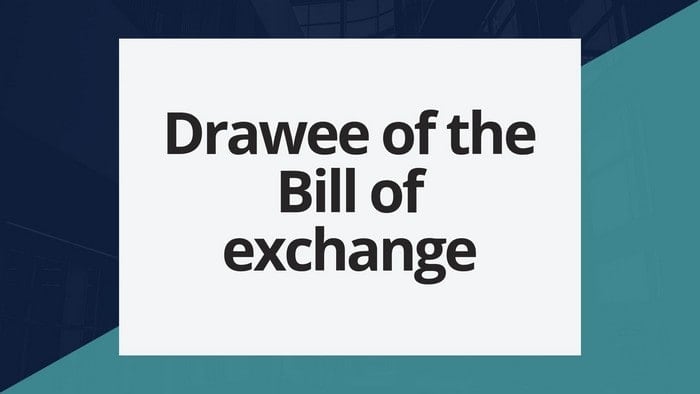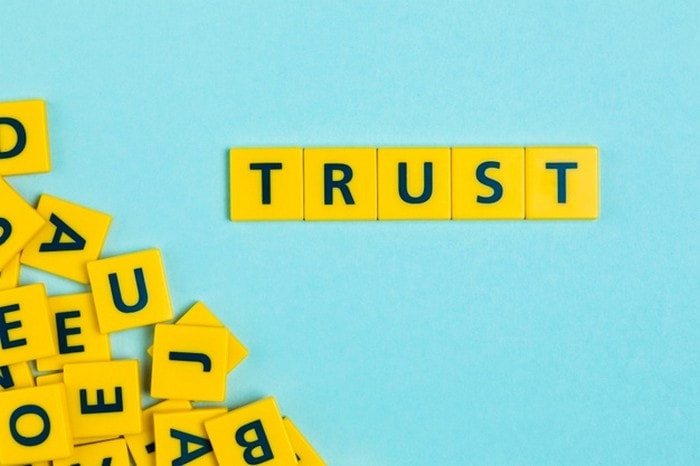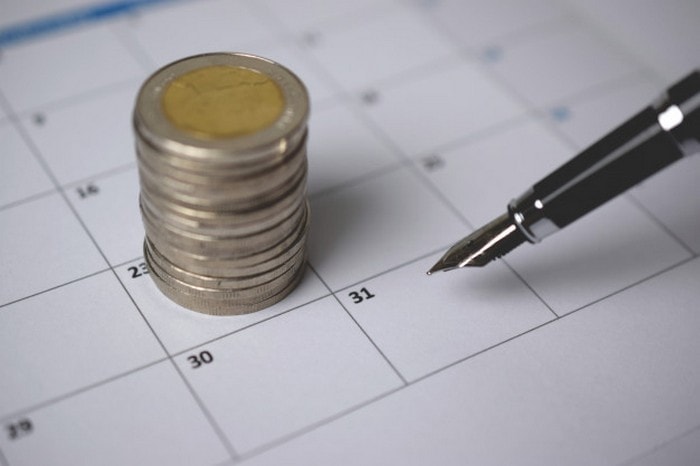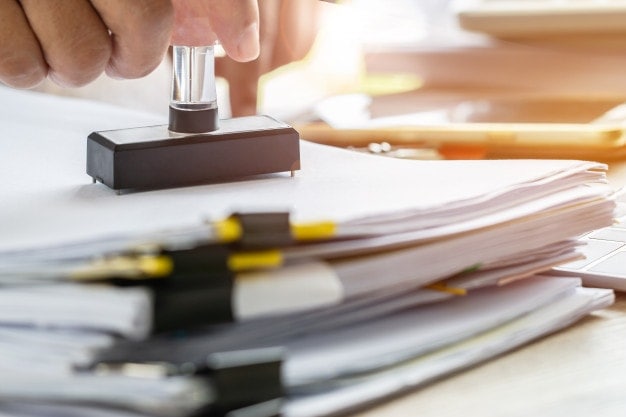A bill of exchange can be defined as a legal document which contains the information about the future payment from the person who is required to pay money and on the name of the person who is entitled to receive money. A bill of exchange is often used in business transactions and national and international trades.
A bill of exchange is governed by the negotiable instrument ACT 1881. This act was introduced in India during the British Colonial rule and is still valid and hardly modified.
To understand the bill of exchange, let us learn about the features of the law of exchange in detail.
Table of Contents
Features of Bill of Exchange
#1 A written document
A bill of exchange is a written promise that A contains the information about the business deal between two parties where one party which seeks the services of other party get written a bill of exchange which provides a legal promise to the service provider for the decided payment in future.
#2 The drawer of the Bill of exchange
As you have learned that a party draws a bill of exchange in the name of another party. Therefore, one party gets the bill drawn from the drawer.
A drawer can be a legal organization or person which draws the bill on the request of the drawee. It is possible that a drawer of the bill and drawee of the bill of exchange can be the same person.
#3 Drawee of the Bill of exchange
The drawee of the bill of the exchange who makes a promise to pay the decided payment in the future. A drawee in which get drawn the bill of exchange when he seeks services from the other party. A bill of exchange contains a specific amount that a drawee is supposed to pay after he receives services as decided.
#4 Payee of the Bill of exchange
Another important party involved in the formation of a bill of exchange is the person to which the amount written in the bill of exchange will be paid in exchange for his services. The bill of exchange is a legal document which is prepared in favor of payee to protect him from the fraud customers.
For example, if a person provides services to international customers, then how he would know that the party which placed the order for his services is genuine or not? Rather than going with the gut feeling or intuition.
The payee can ask for the bill of exchange and can receive his money using a bill of exchange from the legal party involved in the transaction.
#5 Bill of exchange is unconditional
The bill of exchange is unconditional that means the drawee of the bill of exchange is bound to pay the money once he gets the services which are mentioned in the bill. In addition to this, the drawee is bound to pay when the order is damaged due to some natural activity.
However, the drawee can refuse to pay when his expectations are not met, or the services provided to him are not as mentioned in the bill of exchange.
#6 Create Trust
In ancient times, people used to do transactions with the people living in the nearby them, and they used to know each other to take risks with the money.
But when people from different countries started trading with each other, it became difficult for them to trust people who they never met and with the introduction of internet people involving in the trading transaction don’t even get a chance to meet each other face to face.
In such scenarios, the role of the bill of exchange became important. As it is a legal document, it makes it easy for stranger people to trust each other to get involved in business transactions.
#7 Mentions the currency of the transaction
The Features of Bill of Exchange contains information about the currency of the payment in the transaction.
For example, if two parties from different countries are getting involved in the transaction, then the currency of transaction will be decided at the time of writing the bill of exchange, and the drawee involved in the transaction can’t pay any other currency.
#8 Bill of Exchange contains the date of payment
While writing the bill of exchange the date in future on which the drawer is supposed to pay the full payment to the payee is mentioned clearly on the bill of exchange.
The payee can take legal actions if the drawer does not pay the full decided amount on the final date mentioned on the bill of exchange. However, the drawee can pay the full payment before the decided date.
#9 The mode of payment
The mode of payment is also mentioned on the bill of exchange. Whether the drawee of the bill of exchange will make the payment in cash or through internet transaction or cheque or draft.
The payee can only accept the money if only it is paid in the form as it is mentioned on the bill of exchange.
#10 Details of the order
The bill of exchange also contains the details of the order placed. The bill of exchange contains the amount of the products to be delivered, the date of the delivery, the quality of the products, etc. if the payee of the transactions fails to fulfill any of the condition then the drawee of the transaction can take legal action or can withdraw his participation from the transaction.
#11 Legally stamped
A bill of exchange is considered valid if only it is properly stamped if it is not stamped properly then it is of no value and is not considered a legal instrument for the business transaction.
#12 Revenue Stamp
To make a bill of exchange valid, it is important to paste the revenue stamp on the bill of exchange. A revenue stamp is an adhesive label pasted on the document to make it legal for the payment of the taxes or fees on the document.
Liked this post? Check out the complete series on Business



